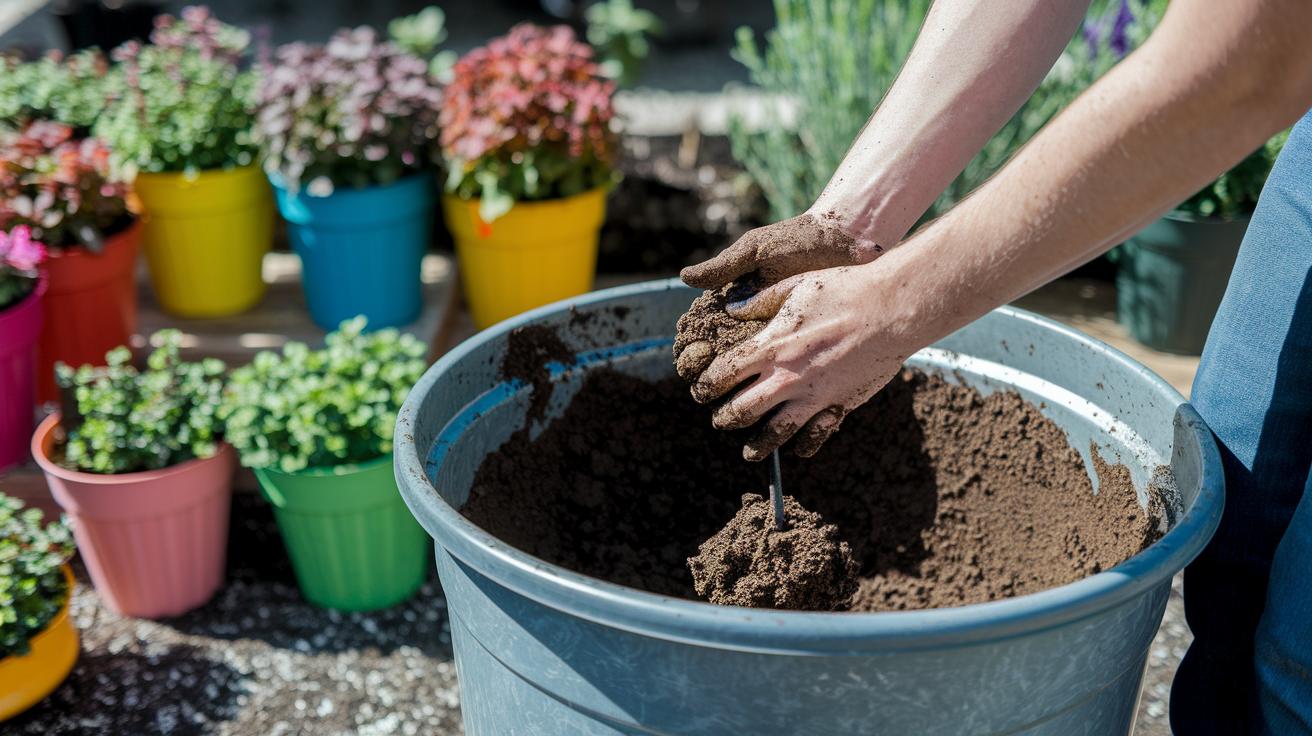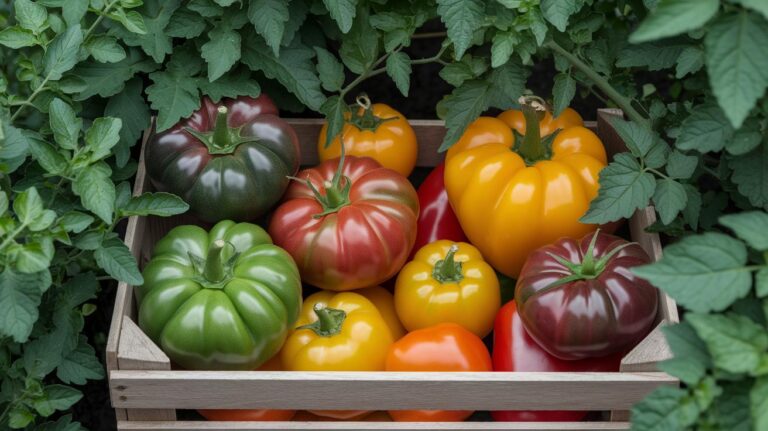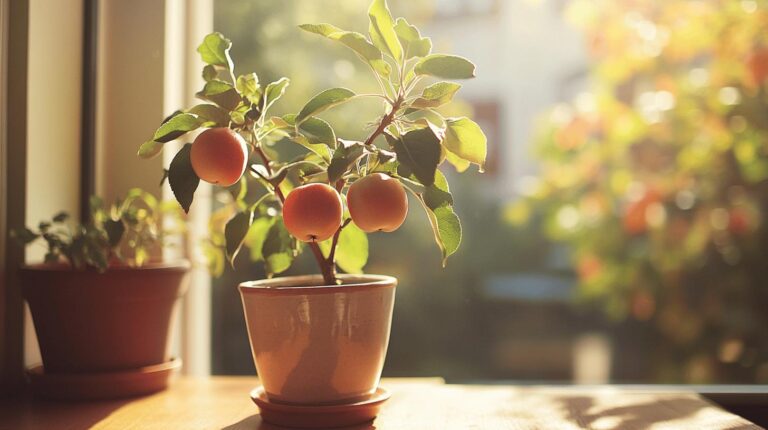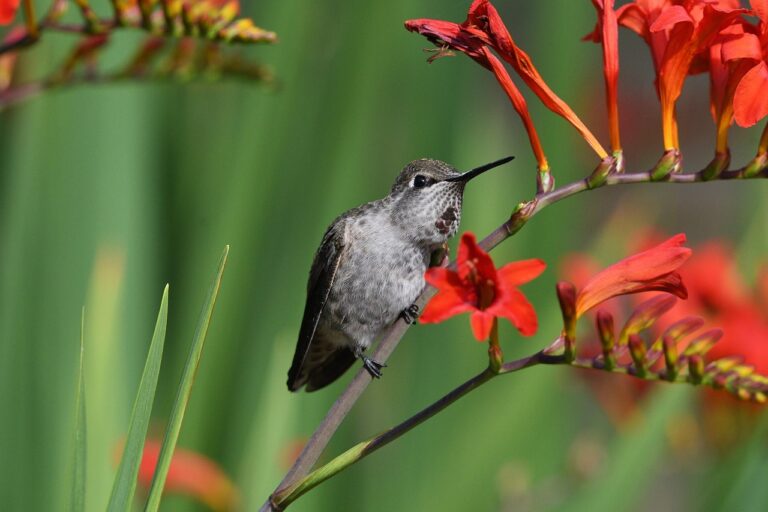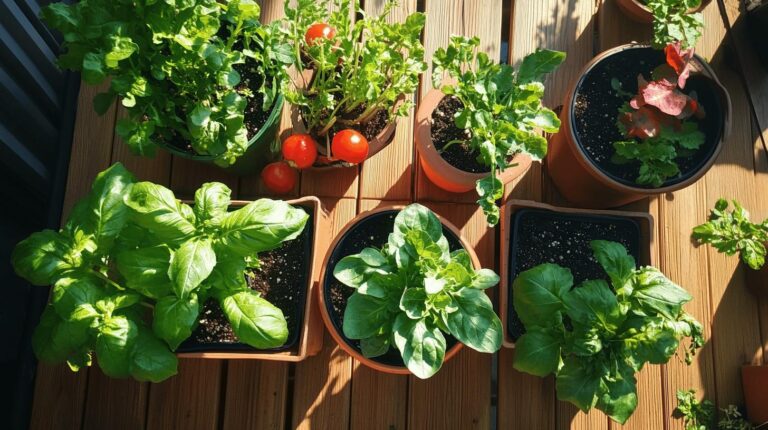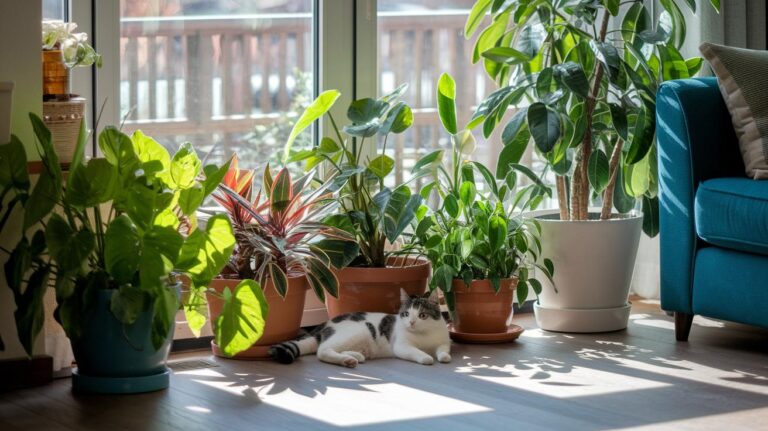Best Soil Mix For Container Gardening: Amazing DIY
Have you ever noticed that your store-bought potting mix leaves herbs and peppers looking… meh? It might be starving them without you knowing.
My containers once felt like tiny dungeons. The roots were stuck in wet, sticky sludge. No room to breathe.
But when I started making my own mix, those sad seedlings perked up. Now my pots feel like cozy homes for basil and peppers to thrive.
Picture this: a mix that’s part soft sponge, part crumbly compost (decayed leaves and veggie scraps that feed the soil), and part tiny pebbles that create airy gaps. When you bury your fingers, you’ll feel the warm earth crumble. It holds water just right and lets roots breathe deep.
Ready to give your container garden a boost? Here’s how to blend your perfect DIY soil.
Key Ingredients and Ratios for the Ultimate Container Garden Soil
Think of your potting mix like a soft sponge soaking up just enough water, not a puddle where roots drown. Perlite (tiny white pebbles that boost drainage) and vermiculite (light, spongey bits that hold moisture) make little air pockets so you feel that satisfying fluffiness when you stir the warm earth.
But you also want your mix to grip water for thirsty plants under a blazing sun. Aged leaf compost (rotted leaves turned into crumbly goodness) feeds every new shoot. And earthworm castings (worm poop loaded with nutrients) give seedlings a gentle, slow-release boost without ever burning their tender roots. Oops, almost spilled a scoop there.
Here’s a simple, down-to-earth blend:
- Peat moss or coconut coir (coconut husk fibers) – 40% for fluffy texture and moisture
- Aged leaf compost – 30% to feed hungry roots with organic matter
- Perlite – 20% to speed up drainage and keep air swirling
- Vermiculite – 10% for extra water-holding power on hot days
- Earthworm castings – a handful per gallon for a steady nutrient lift
Peat moss can be pretty acidic (pH 4.0–5.0), so many gardeners stir in lime powder until it’s around pH 6.0–7.0, that sweet spot where veggies and flowers thrive. If you pick coconut coir instead (starting near pH 5.5–6.5), you can skip or ease up on the lime. Then mix in 1–2 cups of balanced slow-release fertilizer per gallon of your custom soil before planting. That steady N-P-K (nitrogen, phosphorus, potassium) supply keeps leaves green and blooms popping all season long.
Comparing DIY Container Substrate with Commercial Potting Materials
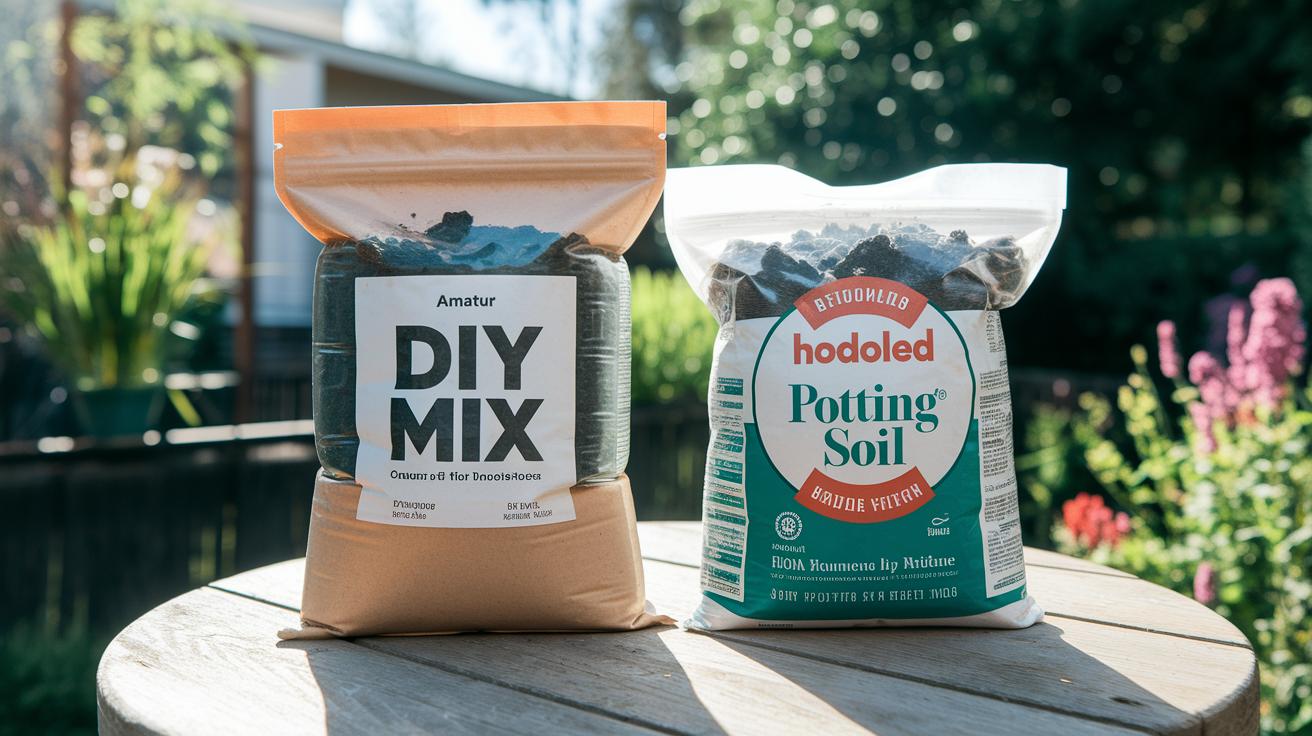
When you stir up your own mix, you hold all the cards. Homemade planting mix (DIY container substrate) lets you pick every part. You can feel the warm earth crumbling between your fingers, adding exactly what you need. Adjust perlite (tiny white volcanic pebbles) and vermiculite (spongy mineral bits) so roots get plenty of air.
You match moisture and nutrients to each plant’s taste. Thirsty tomatoes? Add more aged compost (decayed organic matter that feeds soil). Succulents hate soggy roots, so boost drainage instead. Plants will reward you with stronger growth.
Or just grab a bag at the nursery. Commercial potting mix runs about $10 to $25 for 2–3 cubic feet (1 cubic foot is about 7.5 gallons). It often includes wetting agents (helps water spread) and pre-charged fertilizer (nutrients already mixed in). It’s consistent and reliable every time.
Making your own costs under $2 per cubic foot if you buy bulk peat (decayed plant matter) or coir (coconut fiber), aged compost, perlite, and vermiculite. That price gap frees you to toss in worm castings or sprinkle in lime. By the way, my cat once tried to nap on my fresh mix, oops, compost went everywhere.
Ever had a plant sulk because it got too soggy? DIY is your friend. You can tweak the texture until roots cheer. But if you’d rather skip the math and mess, commercial mixes win on convenience. Just pick a branded bag and plant right away.
| Mix Type | Cost per cu ft | Control & Convenience |
|---|---|---|
| DIY container substrate (homemade planting mix) | Under $2 | You choose organic matter, drainage, nutrients |
| Commercial potting mix | $3–$8 | Brand formula, ready to use |
So go ahead, play with your own recipe for custom care. Or reach for a reliable bag to keep things simple. Either way, your plants will thank you.
Managing pH and Soil Amendments in Container Mixes
Peat moss is pretty sour when you first get it. Its pH sits around 4.0 to 5.0 and that can leave your veggies sulking if you don’t tweak it. Have you ever felt warm earth crumbling between your fingers? Coco coir feels more mellow at pH 5.5 to 6.5 so it usually needs less tweaking.
Most container plants hit their stride between pH 6.0 and 7.0. (See the ideal soil pH range for vegetable garden.) A quick peek at pH fixes helps you choose whether to add lime, mix in dolomite powder, or just enjoy coir’s gentle acidity.
Amendments are your secret tools. Stir in 1 to 2 tablespoons of dolomite powder (ground rock rich in calcium and magnesium) per gallon of soil to boost those nutrients. Growing blueberries or azaleas? A teaspoon of sulfur per gallon nudges the pH down just right. Gypsum flakes (about 1 tablespoon per pot) tighten up soil structure without shifting pH.
Worried about iron? Add a dash of iron chelate (a plant-ready iron boost) when you pot up. That stops yellow leaves before they even think about showing.
Keep an eye on your mix every six to eight weeks with a simple pH meter or strips. If the numbers wander, top-dress with small doses of lime or sulfur and stir gently. Trace elements can fade as the season goes on. So mix in a half-strength fertilizer mid-season to stay ahead of nutrient lockouts.
That way your containers will cheer “more harvest!” instead of whispering “uh-oh.” Oops, I might've spilled a bit of potting mix there. Just part of the fun, right?
Customizing Soil Ratios for Different Container Crops
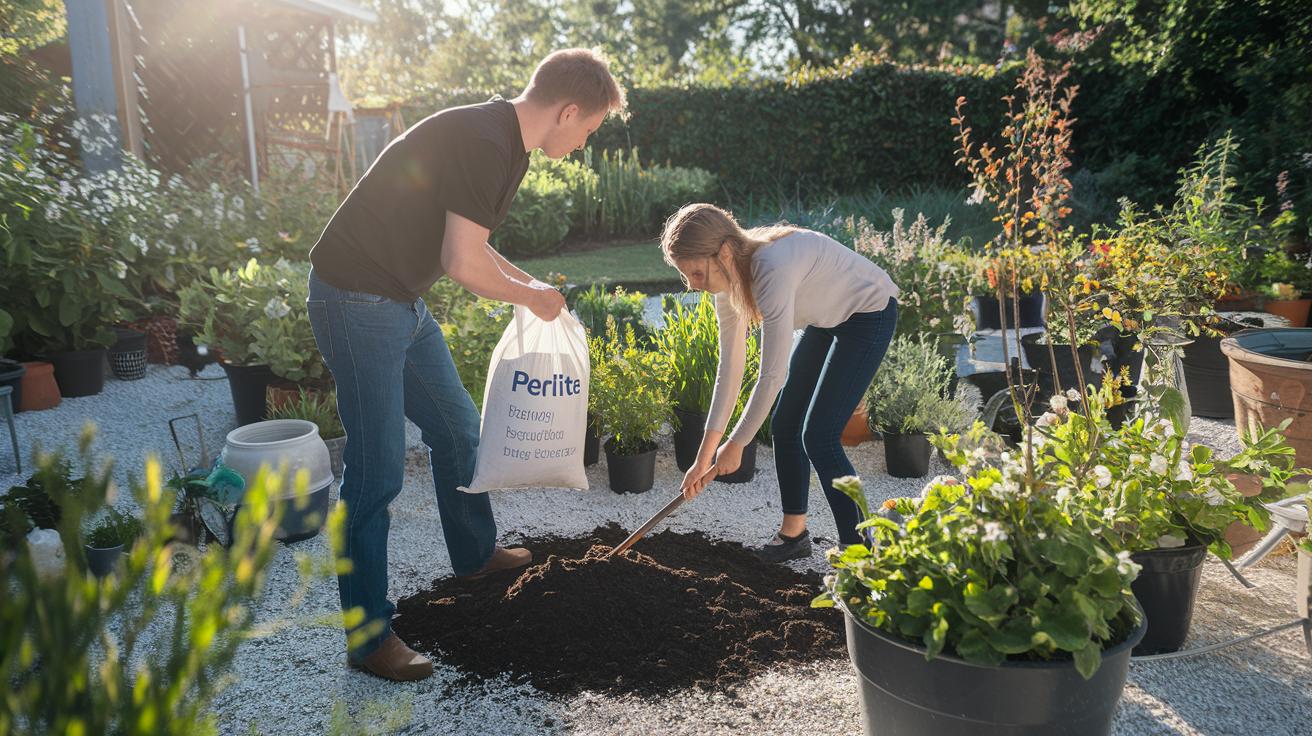
Every container plant has its own soil craving. Some roots need tiny air pockets to breathe. Others want the soil to hold every drop of water so they can slurp it up. It’s all about matching drainage, moisture (how long soil stays wet), and nutrients (plant food) to each crop.
Succulents love gritty mixes. Swap half your potting soil for perlite (tiny white rocks that boost drainage) or fine horticultural sand (fine grains that help water flow). I once added too much compost (decayed organic matter that feeds plants) and ended up with soggy aloe, oops. A little compost now and then is fine, but mostly keep it sandy so those plump leaves stay happy, not mushy.
Vegetables need a richer blend. Think 40% compost for steady food to tomatoes, peppers, and greens. Mix that with equal parts coco coir (coconut fibers that hold water) and perlite or vermiculite (tiny beads that let air in). Your soil should feel like a lightly squeezed sponge, not drenched but not dusty either.
Herbs do best on a balanced diet. Try 40% coconut coir to wick moisture, 30% compost for gentle feeding, and 30% perlite for air pockets. Basil, parsley, and dill will unfurl soft, fragrant leaves in that mix. By the way, my basil smelled amazing on a cool morning breeze.
Berries lean toward a slightly acidic home. Aim for a pH of 5.5 to 6.0 (how sour or sweet the soil feels). Start with extra peat moss (decayed moss that adds acidity) or a sprinkle of sulfur. Then stir in 30% perlite and 30% compost so roots stay cozy and your berries turn out sweet and plump.
Adjusting the mix lets each plant thrive.
Troubleshooting Common Container Soil Mix Issues
Think of your soil mix like a cozy bed for roots. They need air, water, and food balanced just right. You’ll know something’s off if you see puddles on the surface or catch a sour, almost fermented scent. A quick peek and a gentle press on the top inch of soil can keep your green friends happy.
Heavy potting mix (store-bought soil blend) can squeeze out tiny root hairs (the fine threads roots use to drink water). Here’s a trick: gently stir in a handful of perlite (small white rocks that add air) or granite grit (tiny crushed stones). Game changer. Every month or so, fluff the soil with a trowel. Roots will breathe easier and grow free instead of bumping into solid clumps.
When drainage fails, roots sit in soggy soil and start to gasp. Always choose pots with a hole in the bottom and set them on little feet or a raised rack so water can run right out. Oops, sometimes I let my seedlings sit in a puddle too long. Shift your watering schedule if you spot tiny pools after a drink. Let the top inch dry before you water again.
Yellow leaves or slow, stunted shoots often mean nutrients are blocked. Flush the mix with plain water. Let extras drain away. Then add a teaspoon of balanced fertilizer (equal parts nitrogen, phosphorus, and potassium) and let it settle in. If you see slimy or brown roots at the collar, trim off mushy bits and repot with fresh mix.
Pesky fungus gnats buzzing around? Let the surface dry out and drop in a few sticky traps nearby. Yikes. Your soil will feel light and airy, and your plants will stand tall again.
Best Practices for Purchasing Container Soil Mixes
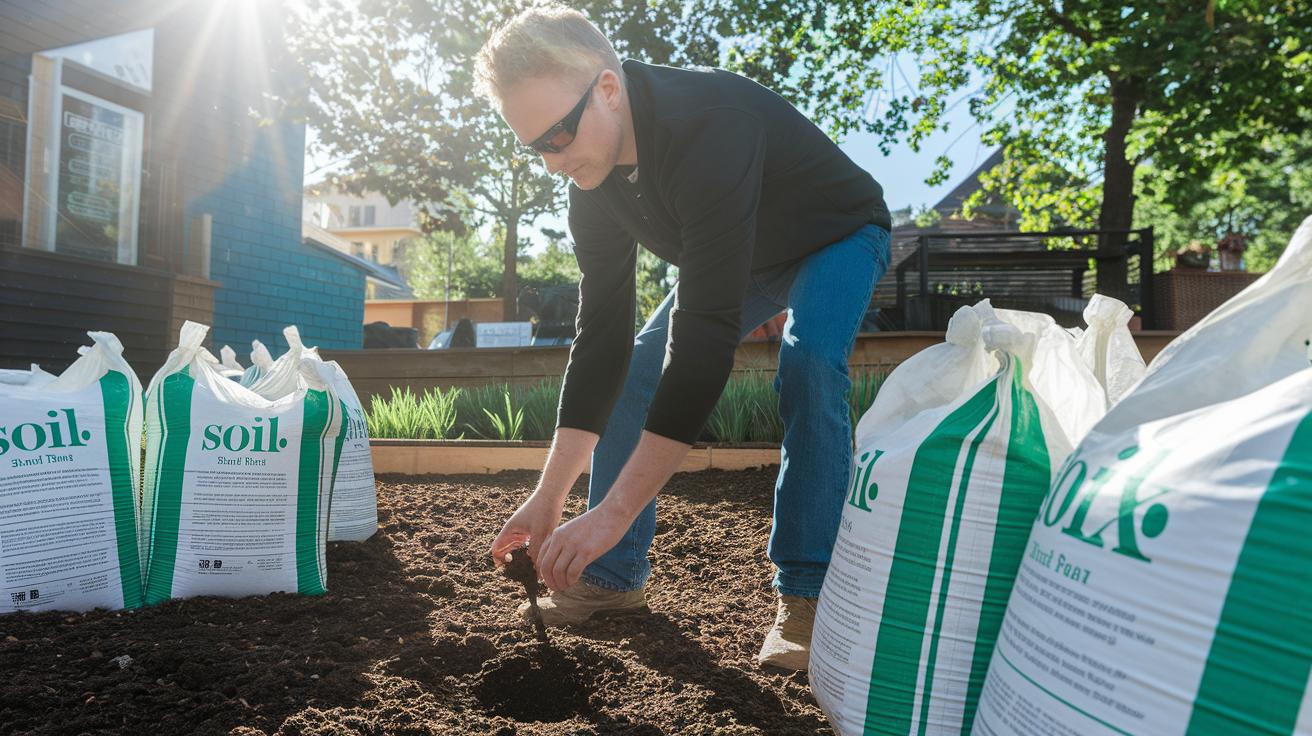
Wondering how to save on potting soil? Buying big can be smarter than grabbing little bags. When you buy a ton from a wholesale supplier you might pay less than a dollar per cubic foot. Sure you’ll add freight fees and handling costs. But if you have space for a big bag or bin it’s worth it.
Bagged mixes from garden centers cost about three to eight dollars per cubic foot. They’re easy to tuck on a shelf or shove under the deck though. By the way I keep a couple on hand for quick planting days.
Online sellers often slash prices when you hit fifty cubic feet or more. I’ve seen sites drop ten to twenty percent off. And some garden stores have member clubs that knock another fifteen percent off branded bags. That yearly fee? It usually pays for itself after a couple buys.
Before you click buy read the fine print. Compare N-P-K values. That’s nitrogen (for green growth) phosphorus (for roots and blooms) and potassium (for overall plant health). Want no synthetic additives? Look for organic certification. Check for wetting agents (stuff that helps water soak in) to dodge dry clumps. And um, read a review or two of the supplier. That way you won’t get soil that surprises you with rock-hard lumps or a sudden nutrient spike.
Planting now sets you up for happy container gardens all season.
Back to what matters: good soil makes happy plants.
Final Words
We’ve jumped right into balancing drainage, aeration, moisture and nutrition by blending peat moss or coco coir with compost and perlite.
We covered DIY versus ready-to-use mixes, cost and convenience, then walked through pH tweaks and slow-release feeding.
We tweaked ratios for succulents, veggies, herbs and berries, and shared fixes for compaction, soggy roots and pest flare-ups.
You’re ready to create your best soil mix for container gardening and watch every pot burst to life. Enjoy every harvest!
FAQ
What are the best ingredients and ratios for container garden soil?
The best container garden soil uses 40% peat moss or coco coir (moisture retention and airflow), 30% aged compost (nutrients), and 30% perlite or vermiculite (drainage).
How do I adjust pH and add fertilizer to container soil?
To adjust pH and fertilizer, mix lime or dolomite powder to raise peat moss pH to 6.0–7.0, add sulfur for acid lovers, then stir in 1–2 cups slow-release fertilizer per gallon.
Should I choose a DIY container substrate or a ready-to-use potting material?
A DIY container substrate under $2/cu ft gives ingredient control and customization, while ready-to-use mixes (about $10–$25 for 2–3 cu ft) save time with wetting agents and precharged fertilizers.
How can I tweak soil ratios for different container crops?
You tweak soil ratios for container crops: give succulents 50% perlite (drainage), vegetables 40% compost (nutrients), herbs a 40/30/30 coir/compost/perlite blend, and berries extra peat or sulfur to keep pH at 5.5–6.0.
What are common container soil mix issues and how can I fix them?
Common container soil mix issues like compaction, water stagnation, nutrient lockout or gnats can be fixed by adding perlite, using pots with holes, flushing soil with water, adding fertilizer, and letting surfaces dry.
How can I purchase container soil mixes cost-effectively?
To purchase container soil mixes cost-effectively buy in bulk to drop costs below $1/cu ft, compare freight fees, join garden-center clubs for 15% off, and always check N-P-K values and organic certifications before buying.

